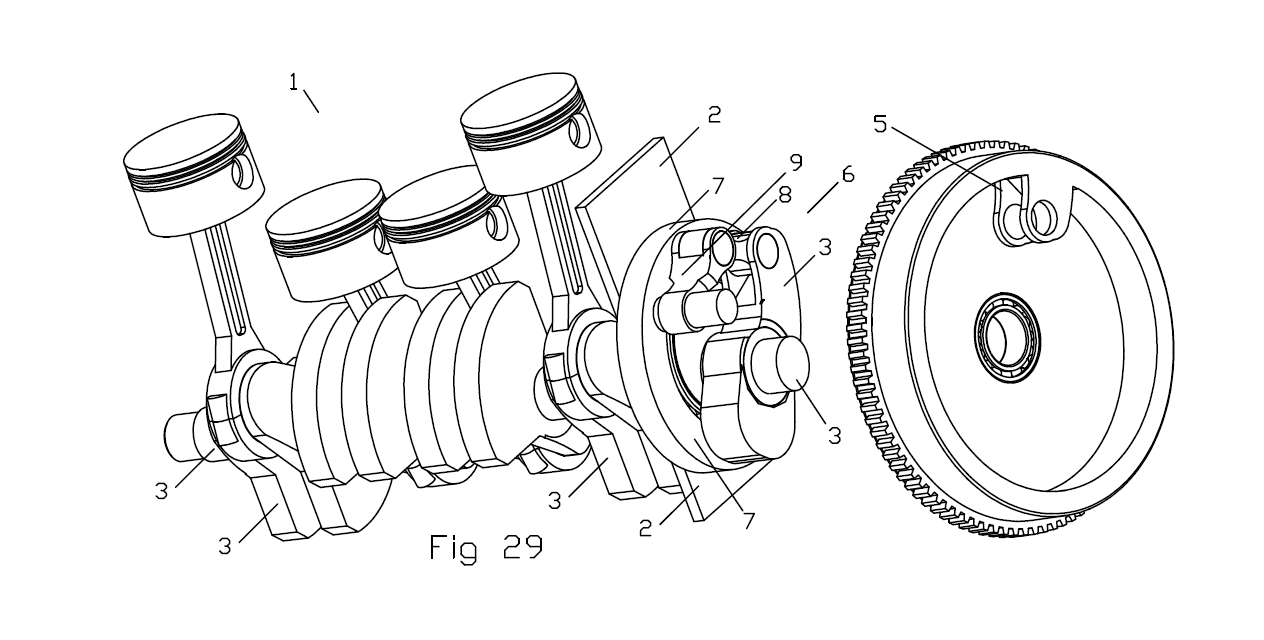manolis wrote: ↑08 Oct 2020, 05:31
The specialists in this forum firmly refuse to admit "it can be done" or "it is according the physical laws" or "it doesn't violate any physical law".
I've outlined my specific problems with your PF (not engine) several times. While you have no obligation to respond to me, I have offered to do some further analysis should you provide me with necessary information.
I do not understand how these discussions here have been going. Based on the earlier pages of this thread before it went off the rails, you appear to build physical, real and very impressive and novel 2T engines, test them in real life, document and describe them in sufficient detail to be granted patents, but do not want to do anything similar for the PF! I just do not understand why one field (Mechanical / engine engineering) is worthy of being taken seriously, but for the other (control systems, aeronautical engineering) it is not. It seems a joke - compared to the amount of testing you do of your 2T engines before patenting them, with the PF you basically seem to only do the most basic of analysis; 'Rossy does this in this video', the PF works like this hummingbird or lady in a bed, here is a RC stick, pendulim rocket fallacy, etc etc.
Why do you think 2T engines are worthy of being built and tested physically but your PF flight, controllability and stability can be evaluated from pictures of other flying devices and a few static pictures of your PF pilot in a few different orientations?
Once again.
Controllability and stability are dynamic processes which should not be reasoned about from static pictures of animals or ladies in the bed (or from other flying machines).
Thus you have not demonstrated neither controllability nor stability of your PF 'design'.
To stick to one specific example. If you believe c.g. shift from knee raises will provide sufficient control input then the details of this matter. You have not explained in sufficient detail the mounting mechanism and harness of the PF to the pilot. You have not answered Rodak specific question about the mounting - which as he said - the ease and ability to move the body depends on the harness and mounting type. As the pilot bends their knees, the magnitude of the c.g. shift (and other intrinsic features of the PF design, also not provided) will bound the flight envelope and constrain the time/space transition from hover to horizontal flight. (Maybe) pissing off the side of a cruise ship to turn it, as I like to say.
This is elemental analysis and something that I would recommend doing for your safety.
As mentioned, I think you could also learn some of these things by simply hanging in the harness and taking some photos of you moving about doing these maneuvers. I also think some form of tethered testing as suggested by henry is a good idea.
More generally, these concerns exist in (for example) roll and yaw in hover too. Sticking out the foot into the airstream might do something. Maybe it is offset by a hip c.g. shift in the other direction. Who knows, it depends on the mounting and other factors of the PF you will not disclose. Hang under the props and take some photos and measurements. Maybe it will also be pissing off the cruise ship to turn it.
You can also build a scale model to answer some of these questions as you wish.
I'm ignoring stability analysis in horizontal flight for now because most risk is in take-off and landing (proximity to the ground gives less room for error) so you should focus on that first.
Finally, by analogy - can an engine builder estimate the true performance and reliability of a 2T engine from diagrams, or
photos of other engines? Or would the engine builder build their engine in stages, simulate it, test it on short runs, run it in different conditions and loads, etc, before trusting it? Surely you must think that is also the case with flying craft? Surely you must think this is even more important with flying craft because of the relative ease with which they can injure or kill you?


